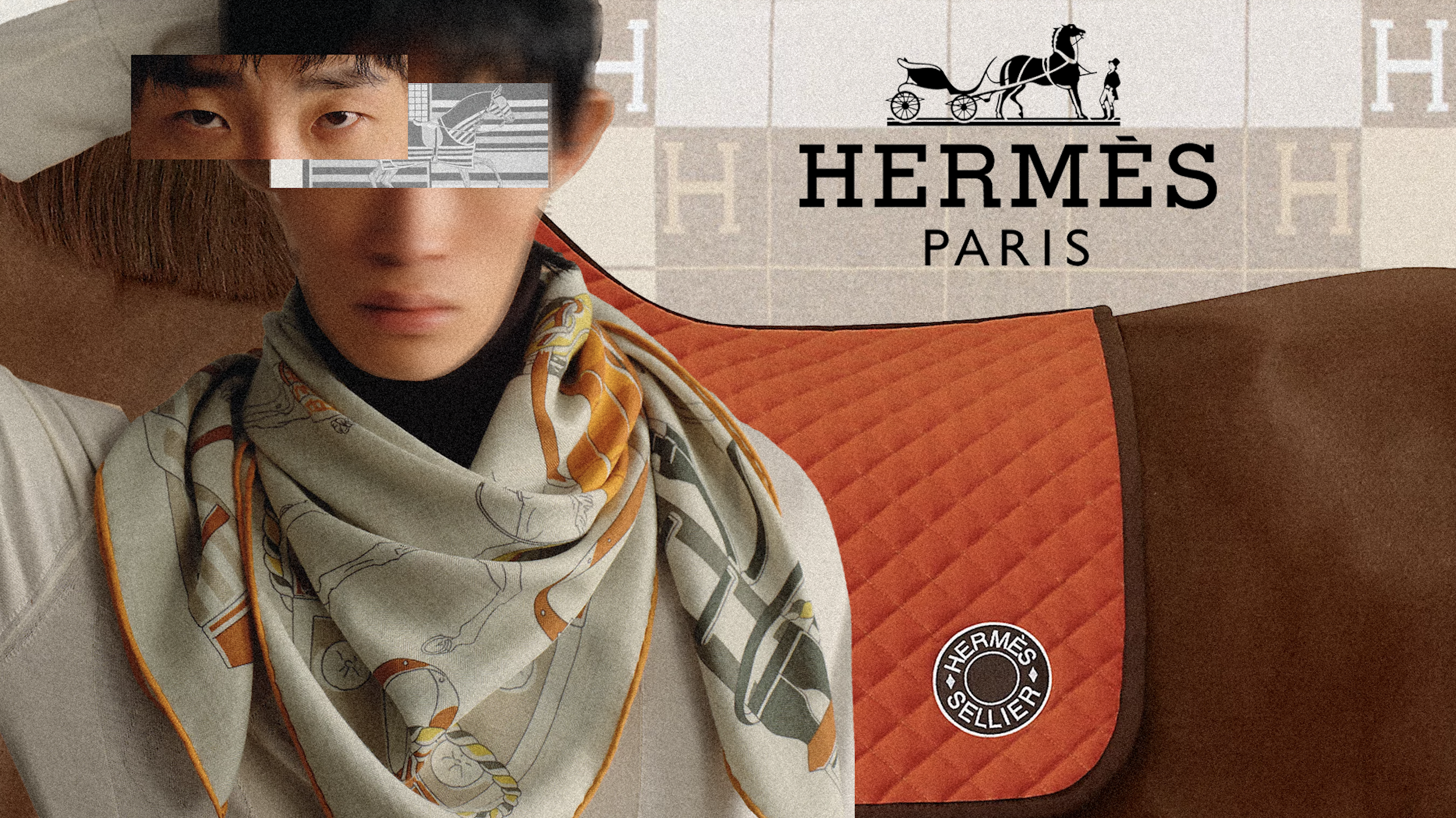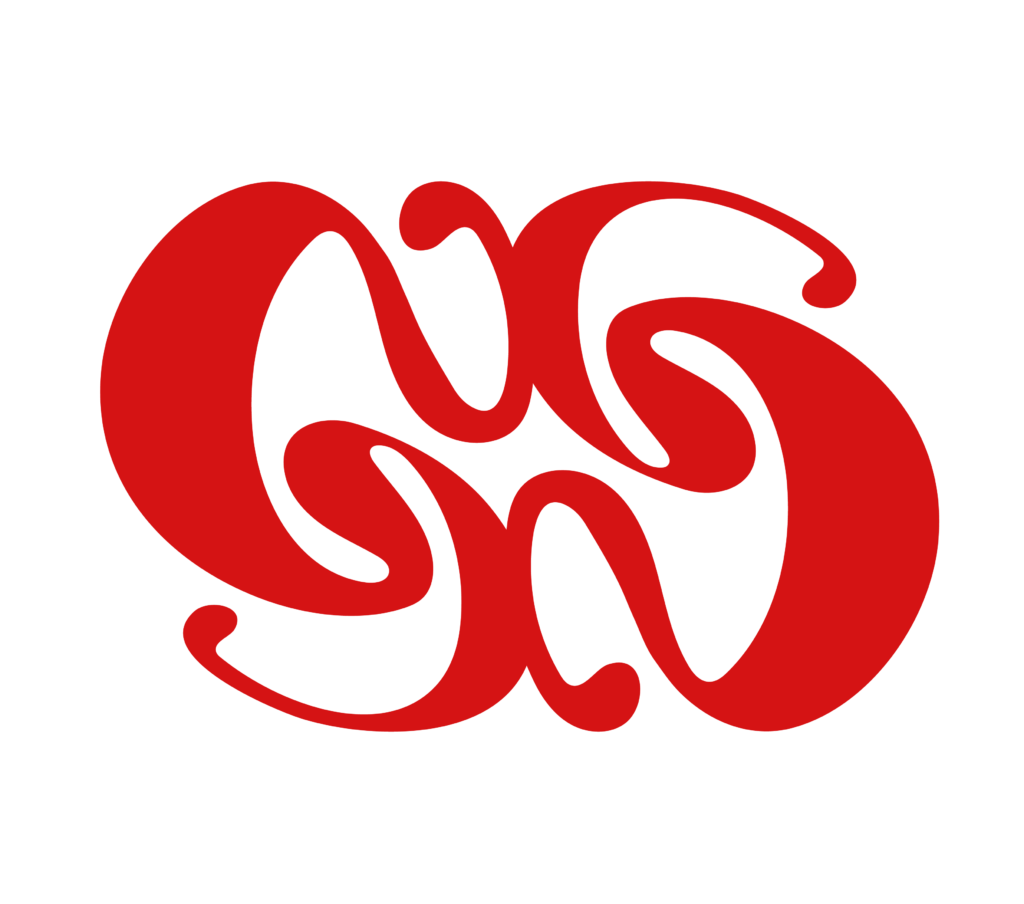Among the most common conversations within companies are how to scale and grow, achieve or maintain the break-even point, or the balance between distributing dividends and investing surpluses. In highly competitive sectors such as Retail or Hospitality and Tourism, brand positioning will always be a priority to set aside price competition that limits profits and achieves greater consumer preference.
But what happens when you already have recognition in the market which allows you to generate value for shareholders, customers, and employees? The discussion becomes about sustainably growing without risking the positioning already gained and avoiding becoming a passing fad at all costs.
Recently we have seen how brands that at some point had a recognized name and positioning among their consumers, have unfortunately had to close their doors due to wrong management decisions. In the first case, we find Ted Baker, a premium brand born in Scotland that with discounts of up to 90%, closed its stores globally in July. On the other hand, there is Selina, the hotel chain that was sold as a premium hostel, and which recently declared insolvency due to poor investments in real estate in the pursuit of accelerated growth.
When the results show that things are being done well, sustaining success is challenging. Examples of companies that have managed to retain their relevancy in the market for decades and are still operating to their full capacities are the perfect reference to explain what is needed to last over time. One of the most notable success stories is Hermès, the French luxury company that has been in the market for more than 180 years and has managed to see a 12% growth in sales in the first half of the year, while the slowdown subsided its competitors resulting in million-dollar losses.
Below are the different strategies carried out by Hermès to achieve steady success and maintain desire among the different generations that know of them:
1. Customers are long-term relationships:
Hermès’s relationship with customers is not transactional, its approach consists of creating long-term ties through loyalty. It achieves this by creating exclusive experiences and exceptional service with its most loyal customers. Remembering their birthdays and sending them favors, inviting them to special events or fashion shows, and allowing them to buy exclusive items are some of the actions the company implements to show appreciation and gratitude to those who prefer them.
Nurturing the relationship with recurring customers is the best strategy to mitigate risks related to seasonality in purchases (winter and low seasons), in addition to reducing the costs associated with the acquisition of new consumers.
2. Credibility and trust in the brand:
Hermès has proven to be a consistent brand for decades, providing quality and timeless design while offering excellent service throughout the sales process. The company was born in Paris in 1837, and began selling equestrian leather products, and later evolved over the years to sell bags, clothing, perfumes, beauty products, furniture, tableware, such as., but more than that, to fulfill the desire of millions of consumers globally.
From selling products for horse-riding to launching their first leather bag, 63 years passed, the jump to items and accessories took them 20 more years, and 40 years later they launched the now-recognized silk ties and the first perfume. History shows that sustained growth requires patience and perseverance. The development of high-quality items and timeless design requires time in research, training, development, product positioning, and a business strategy that does not prioritize short-term successes, but rather constant growth over the years.
The buyer of a Hermès product feels confident that the company guarantees the quality of the product, and if in a couple of years, it needs repair due to wear and tear, they can go to one of the company’s workshops and receive this service if needed. Furthermore, credibility in the organization’s management ensures that the purchase of a high-priced product will not be affected in the future by sales or brand reputational damage. Consistency over time builds a favorable reputation and persuades consumers to pay higher prices.
3. Importance of the product:
The words most used in Hermès’ communication are “Craftmanship” and “Savoir-Faire,” the product revolves around generational knowledge about production methods, the artisans who work each of the pieces by hand, and the raw materials used. The high value of the product is compensated for the hours invested by well-trained artisans and the raw materials used that are always from regions of the world that offer the best quality.
The designs are timeless, allowing them to be sold for decades without losing validity. The company does not produce trendy items but rather a product designed and developed to serve its loyal clientele.
Each of the Birkin bags, one of its flagship products, is produced by hand by a single artisan who invests 18 to 25 hours of work in its production, this allows the price of each item to range from $12,000 to $300,000.
Jean-Louis Dumas, one of the family members and former CEO of the company, has made it clear publicly that they do not have any image policy, but rather a product policy. Before marketing and advertising, quality and design come first.
The company does not sell any goods that have any imperfections, no matter how minor, and they have 57 production centers in France where more than 7,000 artisans work. Its production model is done directly because it allows it to control all the details to obtain the desired product, unlike its competitors who outsource production to obtain better margins but risk the credibility of the brand (Dior’s case with its Italian supplier regarding complaints of labor exploitation).
Hermès knows very well that “Made in France” is an important and valuable signifier in the market, but incorporating raw materials of the best quality is essential to be able to stand out in each of the product categories they market. Most of the leather comes from Europe, the cashmere from Asia, and the silk from Brazil, being bought directly from producers with whom they have a long business relationship.
4. Strong corporate structure:
Although the company is listed on the Paris Stock Exchange and is part of the CAC40, the majority of the shares remain in the hands of the family and are managed by the sixth generation of descendants. The strong family commitment to sustaining success and building for future generations motivates them to develop a strategy with a long-term vision.
Furthermore, the family members who are now part of senior management started in the company from the bottom, rising in their positions in the different departments and taking years to be part of the board of directors or hold positions of great responsibility. This is not a nepo-baby situation, when you have so many family members interested in leading the company, positions must be earned.
Corporate decisions have shown that they are always aligned with brand protection and safe, but moderate, growth. This has allowed the majority of shareholders to work in a coordinated manner to avoid being bought out and for the company to surrender its familial power.
A clear example was seen in the treaty signed by 50 shareholder members of the family to avoid the acquisition of Bernard Arnault, owner of LVMH, who secretly bought shares in the company for 11 years, holding up to 22.6% in December 2011.
At that time, the family members developed a strategy to avoid the forced acquisition, which consisted of making an agreement where they committed not to sell their shares for at least 20 years, evidencing their commitment to the long-term vision and the new generation.
5. Importance of collaborators:
Hermès understands that the value of its product lies heavily in the work of its trained artisans, savoir-faire and craftmanship can only be achieved by this expert team who know how to create the most wonderful pieces with their hands. The company has more than 7,000 artisans who follow a two-year training program before they can be hired.
Hermès’ unique value proposition lies in communicating its ability to create through artisanal techniques, and not in the use of technology or improvements in production processes.
Additionally, the pride that the company’s employees feel, and the employee retention power position it as one of the companies with the lowest employee turnover in the luxury retail sector.
6. Selling the dream:
The perception that Hermès has created around its brand and its product allows it to be one of the most consolidated companies in the global luxury market, remaining strong in the face of competition and with an identity of broadly defined brand. All these factors have increased consumers’ desire to be part of the Hermès universe and have led them to wait years to have the opportunity to be invited to buy one of their bags, having to demonstrate their value as customers and perseverance as buyers of the brand.
They do not use ambassadors or celebrities to sell, and the company’s communication, rather than promoting its products, focuses on showing a lifestyle full of heritage, creativity, color, and quality. Store windows are constantly and creatively renewed, and the shopping experience is personalized and exclusive, increasing consumer loyalty.
The coherence, in addition to the history and good quality of its products, has allowed it to build a dream around the brand that makes millions of consumers eager to be able to pay the high prices to belong to this community.
The star products are not even displayed in stores, the Birkin and Kelly bags which represent around 30% of the company’s revenue, can only be purchased by invitation.
All of the above shows us the strategy behind a company that has managed to endure over time and had almost impeccable management. Long-term planning, passion, and affection for the company, in addition to respect and care for what was built, has allowed them to maintain success and continue growing even in crises and slowdowns in the industry, and will probably allow them to continue leading the luxury industry for many more decades to come.



